How important is reconnaissance for a successful hunt? Lifelong hunter Phil Hardman would say it is essential! Here, he explains how to plan your attack!
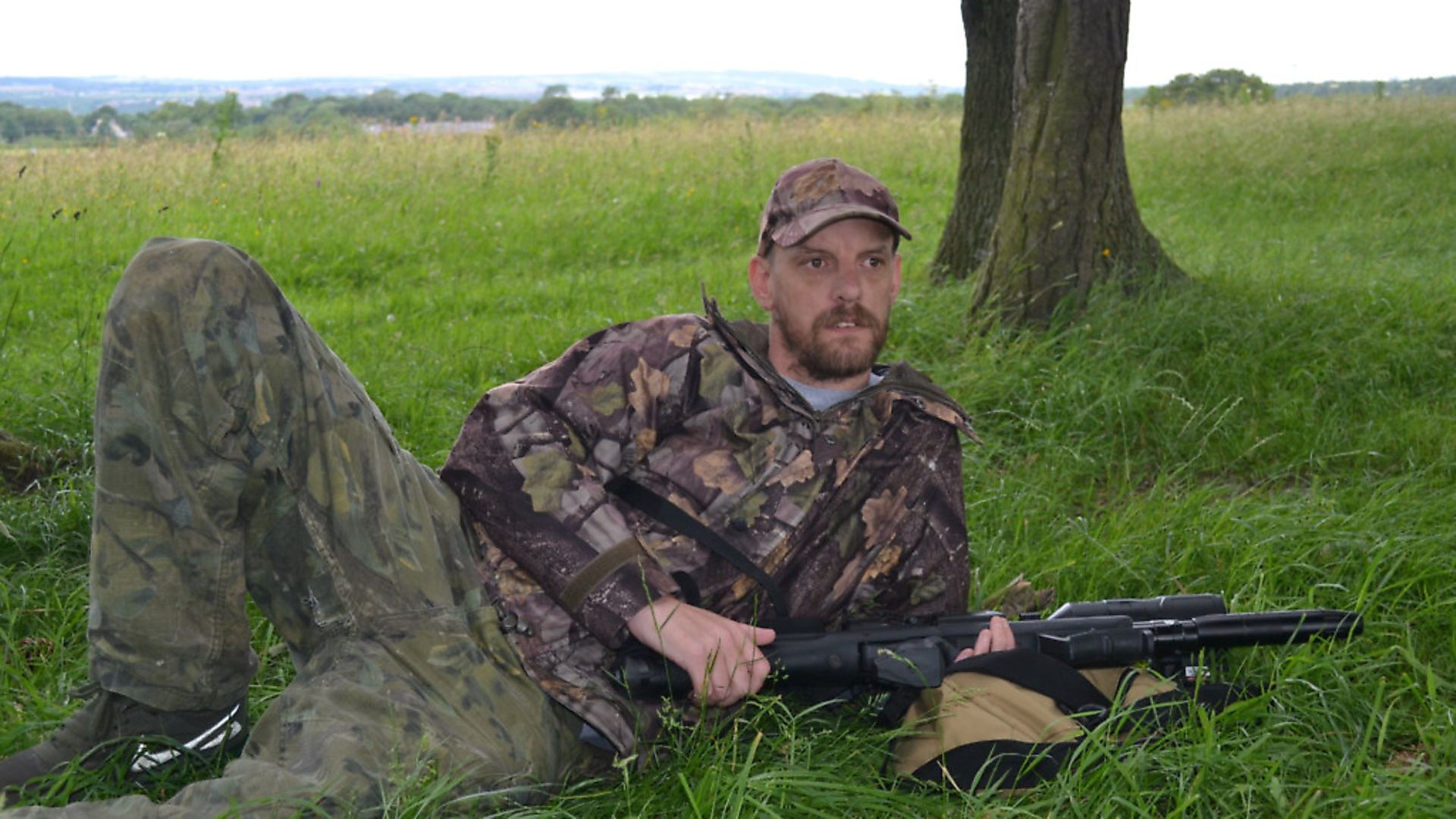 credit: Archant
credit: Archant
Reconnaissance! I’ve said it many times before, over many years, but I still believe it’s one of the most overlooked and important aspects of successful hunting. Without gaining knowledge of the situation, you’re going into it blind, and constantly reacting to what your quarry is doing, you’re always one step behind and trying to play catch-up. Sure, you might have successes, some great days even, but a lot of that will be down to blind luck, and even on the really good days, could you have done even better had you known in advance how things might have panned out?
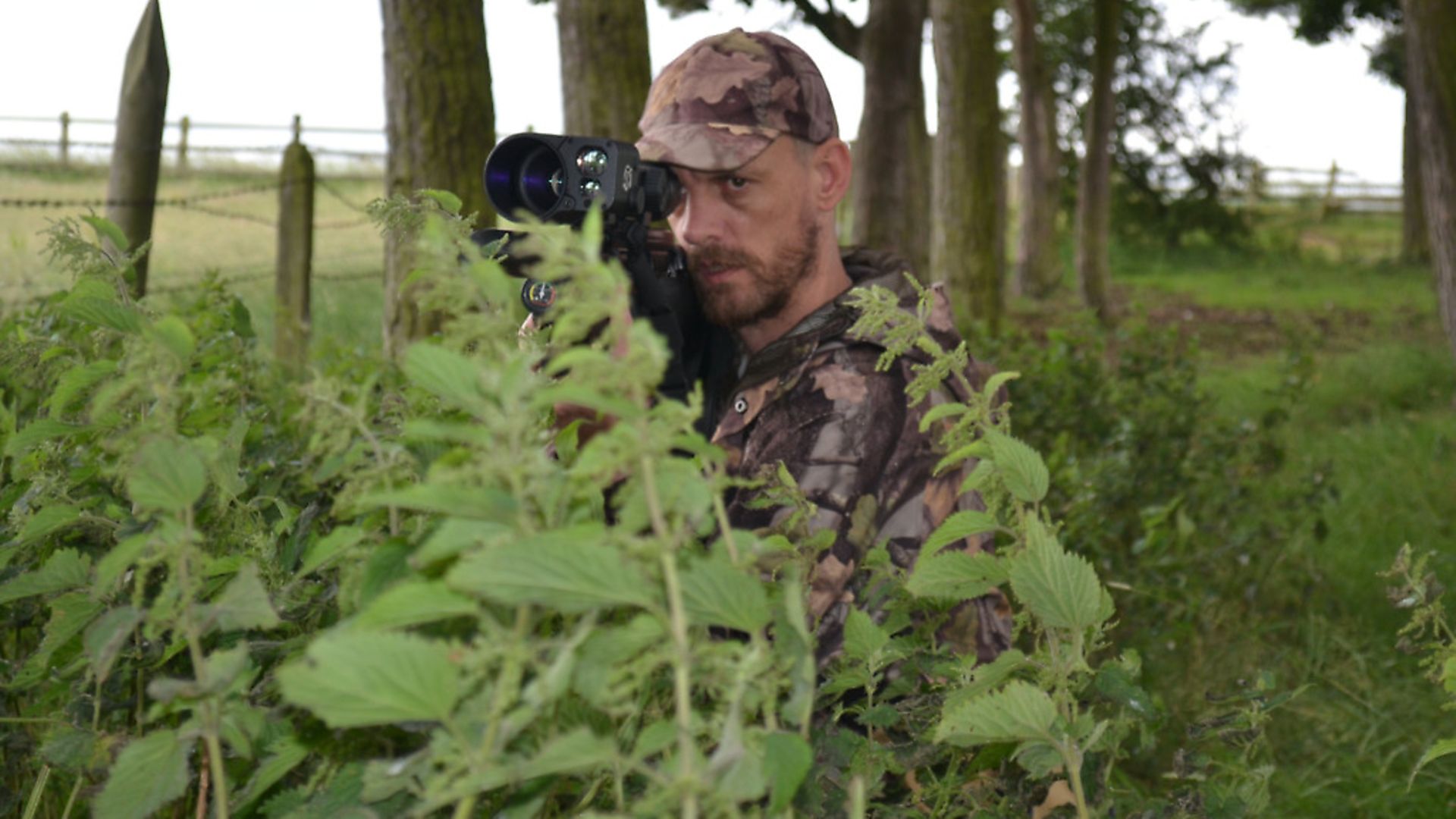 credit: Archant
credit: Archant
PLANNING AND PREDICTION
Doing proper field reconnaissance allows us to plan ahead of what our quarry is doing, to predict it, to plan our attack and execute our plan at the best possible time. You will know ahead of time where your targets will be, and when, and how best to approach. This knowledge is what turns a good day, into a great day, and without it, you can never reach the full potential of any given situation. A lot of people don’t really bother, and still have good days, so tell themselves they don’t need to, but if they put in the time and effort, those good days, would be so much better, that I promise.
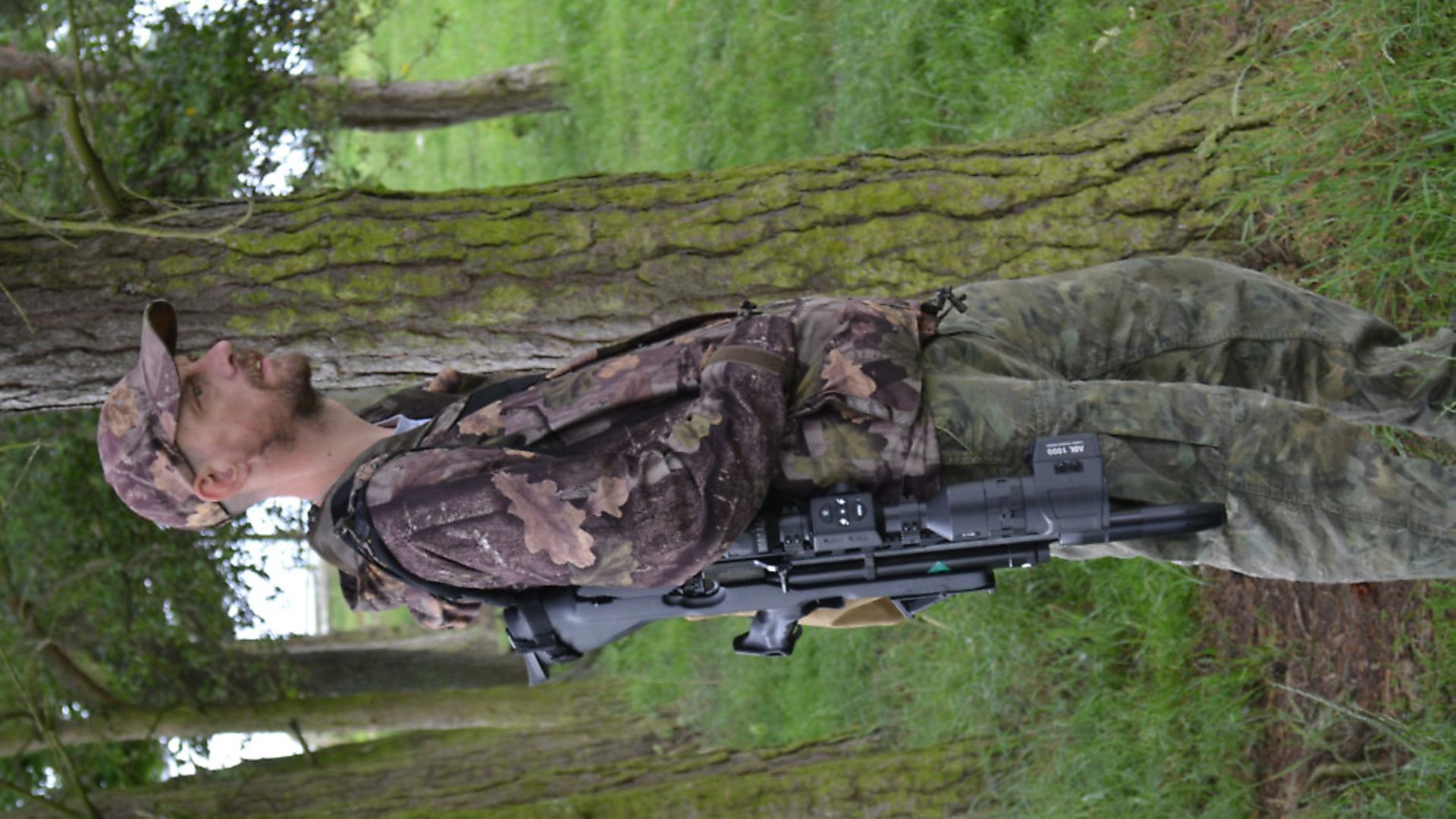 credit: Archant
credit: Archant
PATIENCE AND DISCIPLINE
I used to conduct my recce sessions unarmed, leaving the rifle at home so I wouldn’t become distracted and drawn in to a hunt by any quarry I saw. This is generally a good idea because striking too soon would interrupt or dissuade the animals from using this place again, and while you might get a few, you could potentially miss out on a much better day, had you waited. These days, I have enough patience and self-discipline to know when to strike, and when to not, so I often do take my rifle, and pick off any quarry that I see on my way back to the car after I’ve finished the recce.
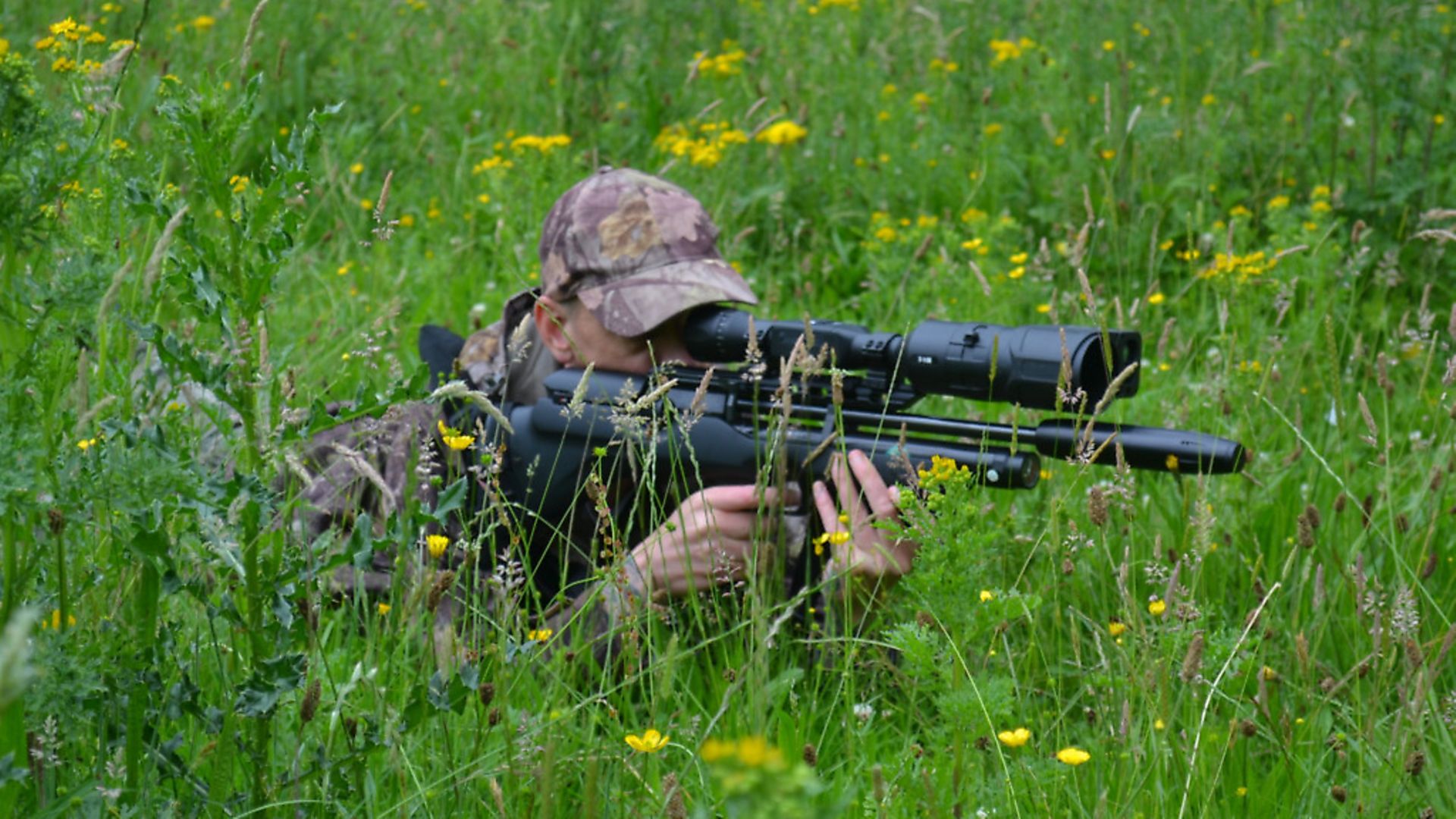 credit: Archant
credit: Archant
LARGE BUILD-UP
This month there has been a large build up of woodpigeons on my permission, a very large build up, so this will be a sort of two-part story; this month, hatching the plan, and next month, executing it. I first noticed them a week or so ago, when I was driving past, not a huge amount, but enough coming and going to catch my attention. My first mission was to watch from a distance, and over the course of the next day or two I kept an eye as the numbers built steadily. I’d go to a point where I could see them from 500 yards or so, far enough to get a look at the big picture first, where they were coming from, where were they going … was it a field they were interested in, or the trees? … and at what time of day. It’s amazing what you can learn just by looking, even at a distance. Once I had a good idea of exactly which area they were frequenting, and when, it was time to move in closer, and have a proper look.
 credit: Archant
credit: Archant
IDENTIFY, WALK AND WATCH
I geared up and headed out about 9.30am. I already had a very good idea of which field was attracting the birds – a turnip field – so I decided to stalk there, slowly and quietly, using the tree lines as cover. When pigeons are flocking to feed on a field like this, they will almost always use a nearby tree line to launch their raids, so first I needed to identify that position.
If you have a fairly decent number of birds in the area, this shouldn’t be too difficult, but make sure you investigate the entire area, because they will often use a number of different trees lines or patches of woodland for this, so the first one you find might not be the busiest, or the best in which to shoot.
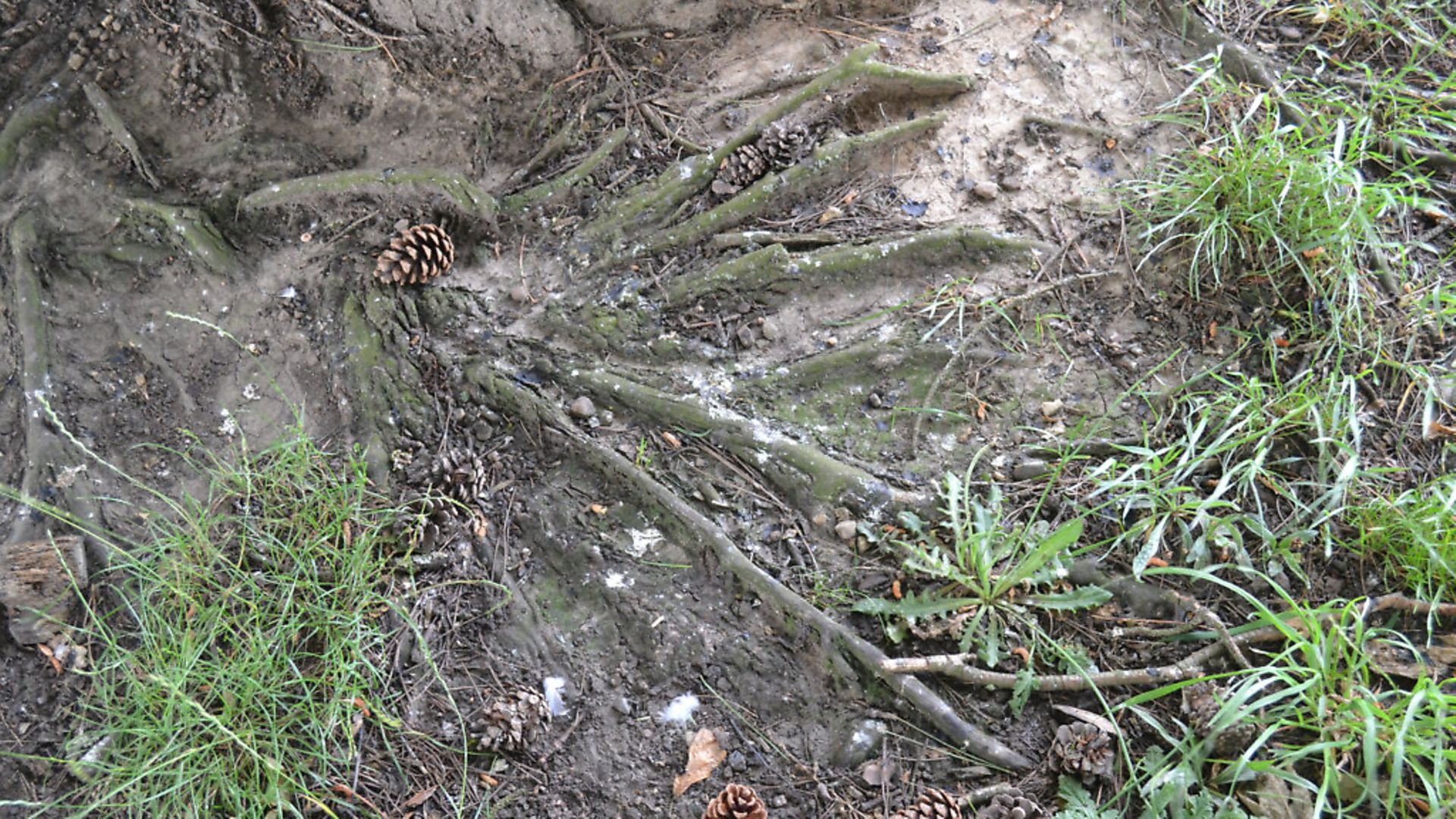 credit: Archant
credit: Archant
PICK YOUR POSITION
Once you have identified the tree line, walk it, look on the ground for droppings and loose feathers under specific trees, this will tell you exactly which branches the birds are perching on, and how often – more droppings and more feathers indicate a more well-used perch. Once I have identified exactly where the birds are most likely to land, I try to find a position in which I can target those branches, get a decent angle, and have enough concealment so I am not seen whilst I do.
COVER ALL ANGLES
Remember, the birds will be approaching from above, and coming in from many different angles, so finding a good position where you will remain unseen is paramount. I found three different tree lines that they were using; two on the north side of the field, and a smaller one on the south edge. The tree line with the best cover is too thick to shoot up into effectively, and the more open one seriously lacks any cover. I could use a hide, but that would mean making one and I don’t know how long the birds will be here, plus it will seriously limit my options, and narrow my shots down to a handful of trees.
WAITING GAME
With as much learned about the tree lines as I could, I waited for things to settle down. I had spooked a lot of birds as I moved in, and I wanted to let them settle and return to the field, so I could see where they were feeding, and just how many birds I was actually dealing with.
I just lay in the grass under one of the tree lines about 50 yards from the field boundary, watching them come and go, gliding over the tree tops and down into the field. I must have laid there for a good 45 minutes, just watching, listening, taking in my surroundings and getting a sense, a feel for the area. There were a lot of birds coming and going, and just being there gave me a feel for how long they took to return after being disturbed.
I still needed to get eyes on the field itself, and see where they were feeding, and in what numbers, and more importantly, was the crop short enough for me to even see them at all? Could I target them down on the ground?
BLISSFULLY UNAWARE
I stalked the 50 yards to the fence line as carefully as I could, not wanting to disturb the birds at all, and then carefully peeked around a tree. I could see birds all over it, pecking away and blissfully unaware that they were being watched. They were in multiple groups spread out all across the field, with more swooping in every few minutes. I watched as they fluttered around, some coming, some leaving, but never in groups of more than four or five birds at a time. This is exactly what I was hoping to see, multiple groups, arriving separately, and feeding in small groups all across the field.
PERFECT RECIPE
This is the perfect recipe for a day of successful decoying. With multiple groups on the field, and birds moving between them regularly, my decoys will appear to be just another group of birds, and the fact they were arriving in smaller groups meant that when I shot, I would only spook a small number of birds at any one time, as opposed to sending the entire flock fleeing. I actually felt myself get a little excited as I watched, but I still had work to do – I still had to decide where exactly to set up.
WIND DIRECTION
I watched for another 20 minutes or so, and identified two potential areas where the birds fly in and enter the field; one was over the north-eastern tree line, and the other was above the southern trees. I could use a camo net on the fence line to create a hide – that wouldn’t be a problem – so which position I choose will depend on the wind direction on the actual day. Birds land into the wind, so if it is blowing toward my position, they could land out of range. Much better to have it blowing from behind, then position your decoys closer than usual, and have the birds land at the back of the pattern, 25 or 30 yards away and nicely in range.
TYPICAL BEHAVIOURS
With that settled, I decided to stalk the edge of the field and see if I could bag a bird or two on the way back. I do this because it shows me just how frenzied the birds are with feeding here. I have hunted pigeons long enough to understand typical behaviours, so any extra distraction in the birds will show up by how wary, or not, they are when I attempt to stalk them. The more distracted they are by feeding, the easier they will decoy, so it can be a good indicator of what to expect. The aim here, isn’t actually to kill the birds I stalk, although that’s a bonus if I get the chance. Instead, the idea is to push my luck as far as I dare, getting as close as possible to test their reaction, and alert levels, and only taking the shot when I am satisfied I good a good gauge on the birds demeanour.
IF AT FIRST ...
My first stalk was not successful. The bird was settled enough, on the edge of a branch up a small oak tree, I crept to within 20 yards using the bushes as cover, and even got on aim, but the bird decided to flutter down into the field to feed with its buddies before I got the chance to send the shot. I watched the bird land safely out of range and look around before it started to feed.
I stood there transfixed for about 10 minutes, just watching, studying the birds, how they feed, how they position themselves, where they land … this is what I base my decoy pattern on; this is what I must recreate.
NO-BRAINER
I headed on, back to the car, never getting another chance at any of the pigeons, but I didn’t mind, a couple of birds today, or a potential dozen tomorrow, it’s a no-brainer, and that is what reconnaissance is all about. Chances like this are often fleeting, gone before you know it, and impatience or a rush to kill what you see, can be a wasted opportunity for a much greater success. Hunting is about thinking; it’s about using patience and knowledge to tilt the odds in your favour, and be as efficient as you can be.
READY TO ROCK THE FLOCK
I arrived home and immediately gathered my decoys and hide net, checked them over and packed them all into the car, ready, then I cleaned the gun, charged my batteries, and got the rest of my kit ready, excitedly. I have done all I can to be prepared for the day ahead. I know where the birds are, I know how best to target them, but this is hunting, and nothing is guaranteed. Stay tuned next month to see how I got on.